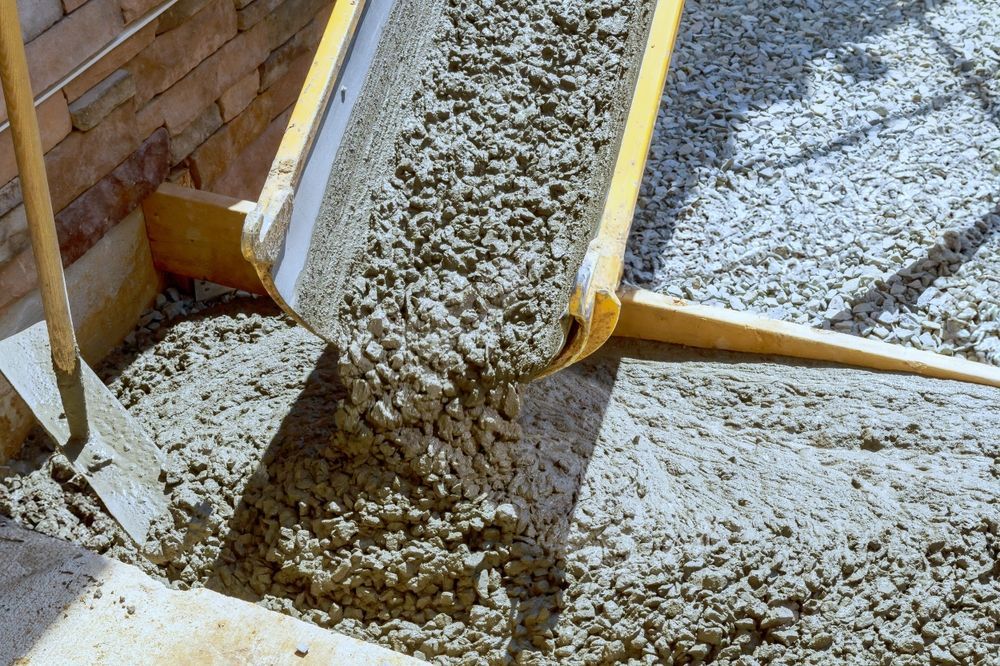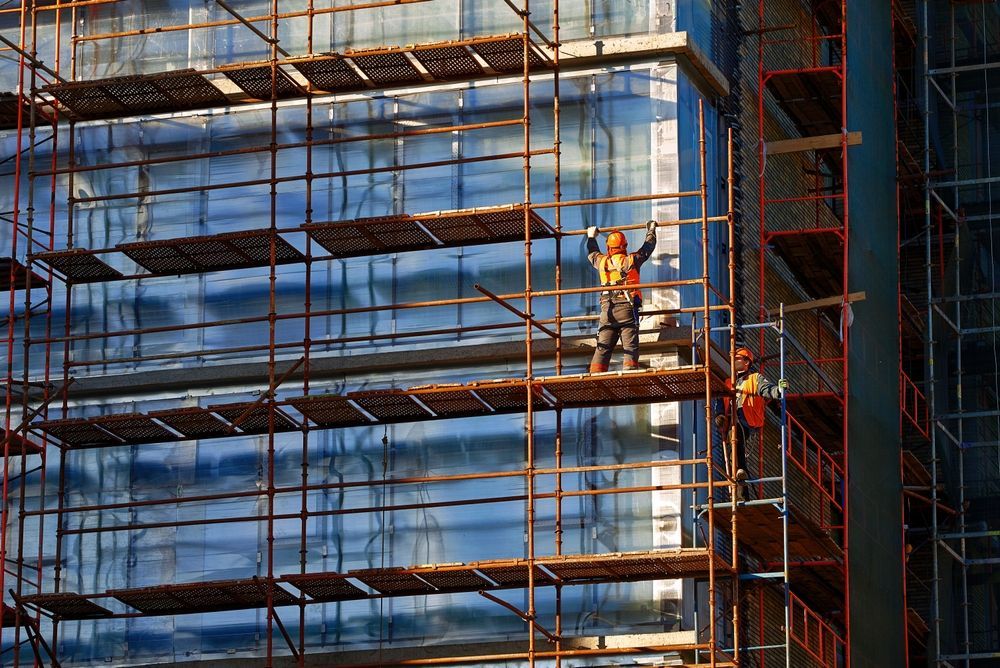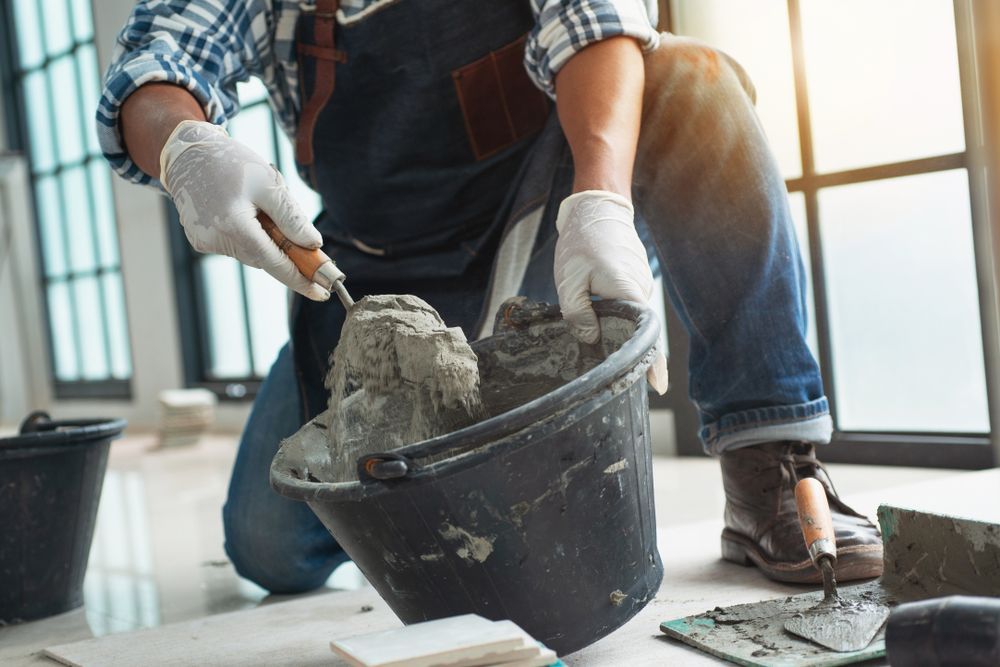Concrete vs. Steel in Construction Projects
Written by: Bracing Systems
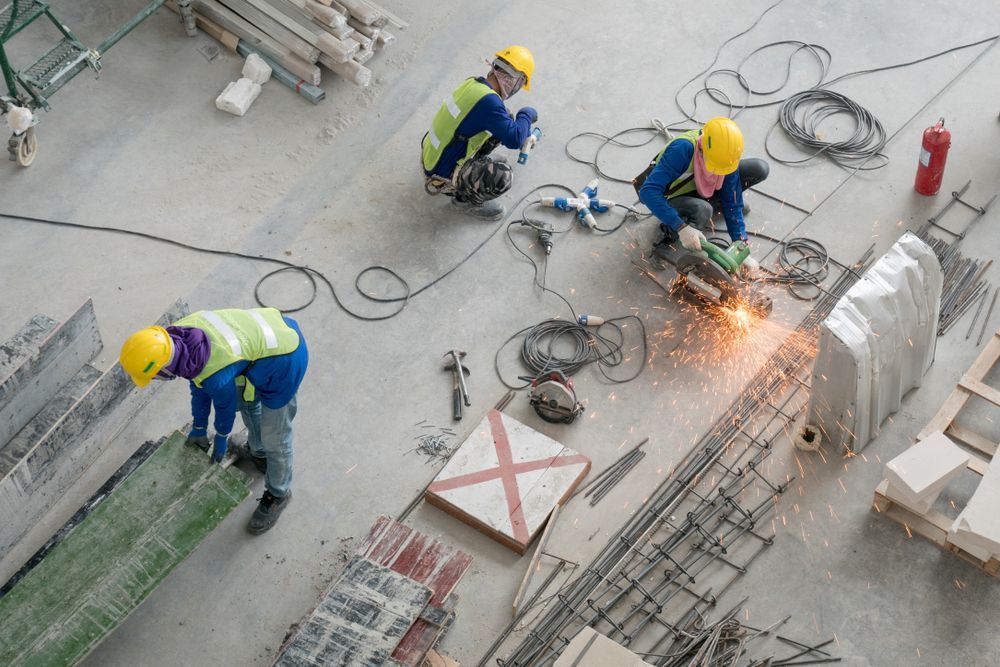
Steel and concrete are two of the most important building materials in modern construction. Both materials are used in building everything from the tallest buildings to the lowliest utility sheds. As construction supplies go, both play an important role in structural engineering and building design.
However, it's important to understand the differences between these two materials. If you're seeking concrete finishing tools and construction equipment rental services, Bracing Systems is here to help. We can also help you decide between steel and concrete. Here's what you need to know.
Concrete Construction
Concrete is used to create foundations, walls, and floors. Concrete has many benefits. It's strong, durable, and long-lasting. It can also be molded into many forms and can be reinforced with steel for an extra strong construction. There are multiple types of concrete, including plain cement concrete, reinforced concrete, and prestressed concrete.
Plain Cement Concrete
Plain cement concrete, also called PCC, is a mixture of sand, cement, and coarse aggregate. PCC can be used to create pathways, foundations, and flooring. PCC has no reinforcing material. When mixing PCC, it's very important to get the correct ratio of solids to liquids and to follow any instructions for mixing at the right temperature. All of this can impact the strength and durability of the PCC.
Reinforced Concrete
Reinforced cement concrete, also known as RCC, is made up of cement, gravel, and water, then it is reinforced with steel or iron. There are different types of rebar that contractors use in concrete, depending on the type of structure they're working on and the environment where the concrete is laid. A structural engineer can help you decide which type of rebar is best for your projects and structures.
Prestressed Concrete
Prestressed concrete, also called PCC, is a type of concrete that is created through a process wherein compressive stress is applied to the concrete through means such as steel tendons, wires, or alloys. This creates a flexible product that is highly durable. Prestressed concrete is not reinforced with rebar like RCC.
Steel Construction
Steel is a highly durable, long-lasting, flexible building material that is often used alongside concrete to create some of the world's most impressive structures. Building with steel is fast, and steel also has an overall resilience that really shines compared to concrete. Steel is more affected by fire and can come with higher insurance premiums, but many people choose to build with steel because it comes with many great advantages.

Concrete Structures vs Steel Structures
When trying to decide whether to build with concrete or steel, you'll have to consult with an architect and structural engineer. It's also important to consider the purpose of the goals for the structure, since steel and concrete are very different materials.
Which Material Should You Use in Your Construction Project?
So, which material should you use for your construction project? Making this decision can be difficult. Have consultations with your client as you assess their needs and vision for their project. Know the differences between these two types of materials, so you can give your clients the information they need to know to make an informed decision as they're working with the experts to create a design they like.
Strength
Steel has the highest strength-to-weight ratio of building materials. In fact, steel is eight times stronger than concrete in shear and tension. Steel also has better resistance to compressive, tensile, and flexural stress. This strength makes steel a preferred building material for many people.
Durability Across Weather Conditions
Steel must be protected from moisture to avoid rusting. Concrete is porous and can absorb water in the environment. In freeze-thaw cycles, concrete can crack. Both materials must be treated properly to be protected from various weather conditions. However, concrete is far more durable in the face of wind and abrasion from flying debris.
Concrete is heavier and more capable of withstanding high winds. In this case, some building codes may determine what type of material must be used for each structure, because each building erected must be capable of withstanding exposure to the typical weather in the area.
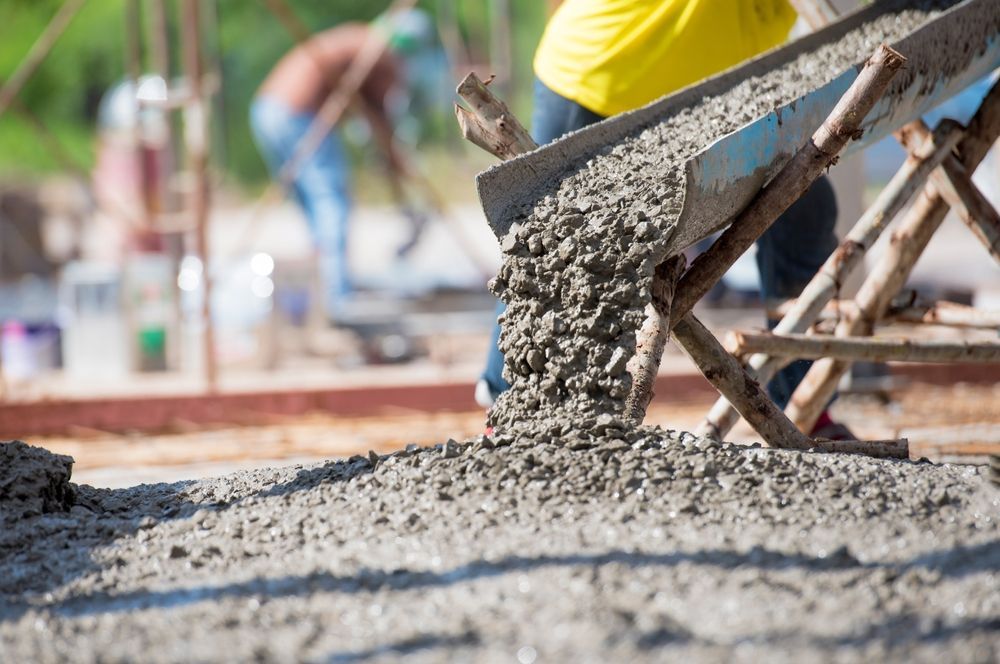
Fire Resistance
Compared to concrete, steel is not especially fire-resistant. Steel requires added batt, foam, board, and other insulation barriers to protect the structure and make it more fire-resistant. No matter what the building is made from, it will require insulation to be protected from fire, but concrete needs it less and is overall more resistant to damage from fire.
Sustainability
Steel is incredibly recyclable. Nearly all steel structures on the market today are made from recycled steel. Concrete is made from natural materials, which makes it somewhat sustainable. However, concrete is not nearly as recyclable as steel.
Weight
Steel is a much lighter material than concrete. This makes it easier to create steel structures that have lithe and interesting formations compared to concrete, which needs bulkier overall shapes in order to remain upright. Some experts say that steel is approximately 60% lighter than concrete.
Cost
Partially because concrete weighs so much, steel is far more economical. In fact, steel requires less labor due to easier handling and transportation of the material. It's also much faster to install, and that too makes it less costly. Concrete's many ingredients also play a role in its cost. Some studies show that steel costs between 5 and 7% less than reinforced concrete.
Bracing Systems as Your Construction Material Supplier
As your construction material supplier in the Chicago area, Bracing Systems offers
tools for concrete jobs and
different types of concrete sealers in construction. We rent tools to make your projects easier and more affordable. Want to know about steel vs concrete or
about Bracing Systems? Ready to get started with our construction tools?
Contact us today to get started on your upcoming steel building, concrete structure, or other project.

